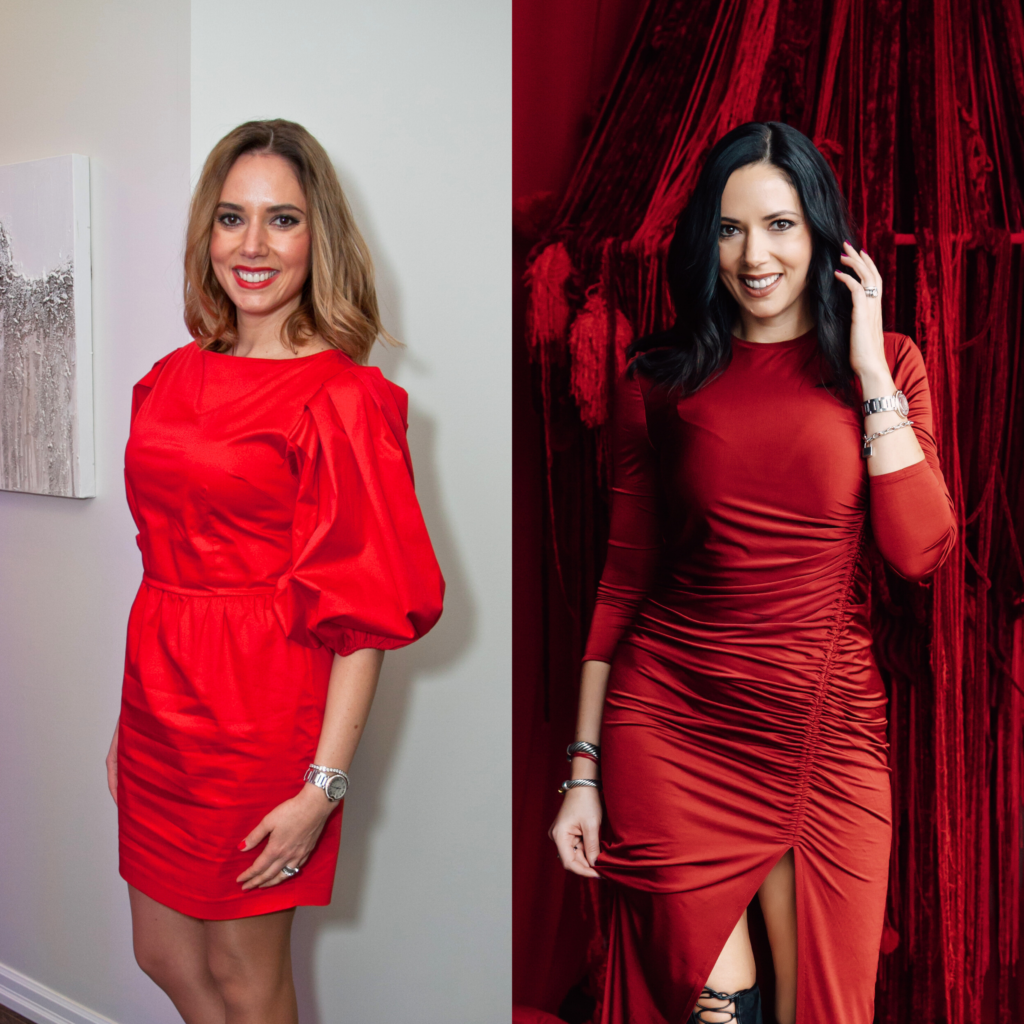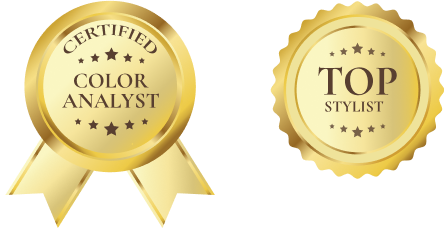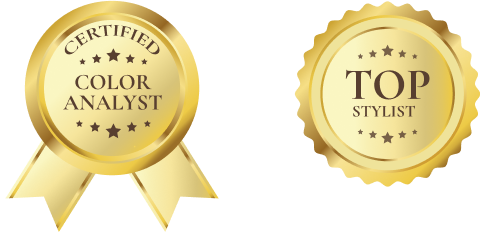Let me tell you a little story.
Shortly after turning 30, I noticed something unsettling—my gray hairs were multiplying fast. The idea of running to the salon every four weeks felt excessive, so I searched for a quick, low-maintenance solution. And what was the trendiest, most effortless-seeming option?
Going blonde.
Every hairstylist I spoke to assured me that lighter hair would require less maintenance and make me look brighter, fresher, and more fun! So, I took the plunge.
And that’s when things started going downhill.

Almost immediately, I noticed a change—and not a good one. I constantly looked puffy and tired. My skin had a dull, almost yellowish tint. Every morning felt like going to battle with my own reflection.
And when I mentioned it to people?
“Oh, it’s just aging! You’re not in your 20s anymore—get used to it!” 🙃
But I refused to accept that.
Convinced something was wrong, I visited doctors, worried about liver issues. Nothing. I turned to makeup, layering on highlighters, concealers, and the brightest lipsticks I could find—on the advice of makeup artists and salespeople who assured me I just needed “more color.”
It didn’t help.
Now, when I look back at those photos… I cringe. I looked like a lost clown.
It took me three years to figure out the real issue: it wasn’t aging. It wasn’t my health. It wasn’t a lack of makeup.
It was the wrong colors.
When I finally had a professional color analysis, everything changed. I discovered that my palette is Deep—meaning I should stick to rich, darker tones in everything.
So, I ditched the blonde and went back to my natural brunette. I swapped the coral lipsticks for bold berries and neutral-cool pinks. And suddenly…
✨ I looked like ME again. ✨
Not a version of me trying to fit into trends. Not someone covering up “flaws.” Just me—but effortlessly glowing.
We often think color analysis is all about clothes. And while that’s a huge part of it—the real magic starts with hair and makeup.
Your hair frames your face 24/7.
Your makeup sits directly on your skin.
If these aren’t the right tones, they can:
❌ Emphasize imperfections
❌ Make your complexion look off
❌ Add years or make you look tired
Choosing your best hair color isn’t about trends—it’s about harmony with your natural features.
✅ Stick to your undertone (cool, warm, or neutral)
✅ Match the depth of your features (soft vs. high contrast)
✅ Avoid harsh or dull shades that clash with your coloring
When the colors are right, even a simple look—hair down, a bit of mascara, and a flattering lipstick—makes you look refreshed and radiant.
Before color analysis, I spent a fortune on makeup trying to look “awake” and “put together.”
Once I had my palette:
✅ My foundation finally matched my skin.
✅ Blush looked like a natural flush, not a weird splotch.
✅ Lipsticks enhanced my features instead of fighting them.
I needed fewer products, not more.
Everything worked with me—not against me.
💄 Want a simple, effortless makeup routine that actually works for you? Start with the right colors:
And instead of wasting thousands jumping from one hair color to the next—only to feel frustrated—start with color analysis.
It changed everything for me. And it will for you too.
The truth was simple: I wasn’t the problem.
I just hadn’t met my colors yet.
If you’re tired of buying products and following trends that never seem to work, it’s time for a real solution.
It’s time to discover your color palette.
Because once you know your colors? Everything else gets easier.
Need hair color inspiration for your season? Check out my guide:
With love,
Julia Dobkine
Subscribe now and get 5% off your first order, plus access to expert styling tips, personalized color insights, and exclusive updates.



